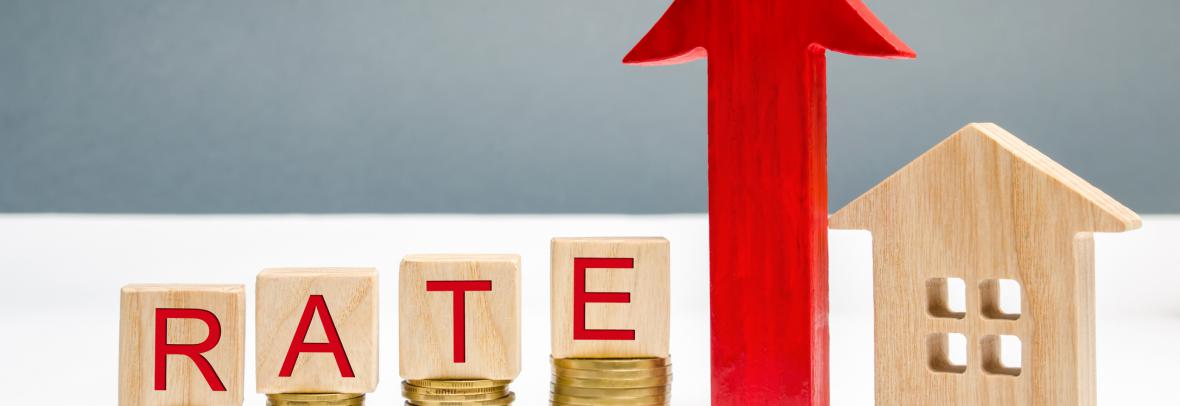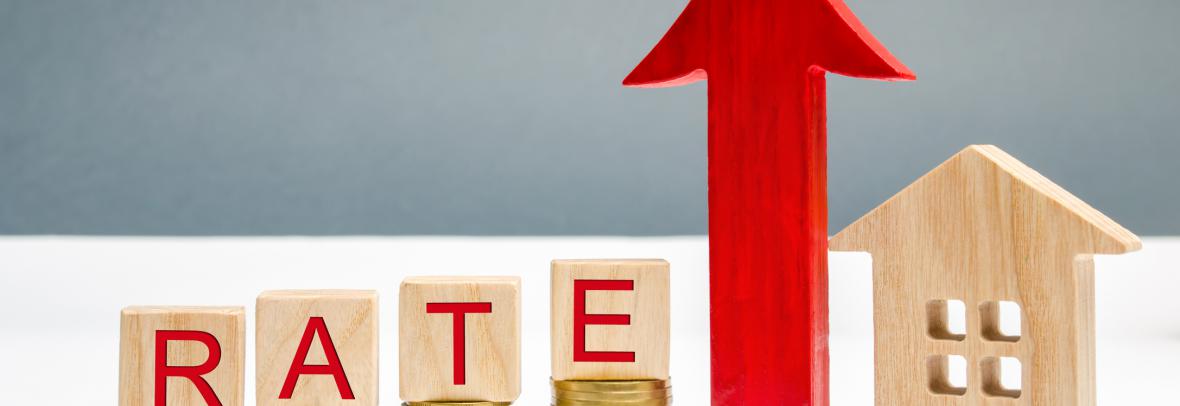
Zero-down, interest-only adjustable-rate mortgages (ARMs) played a role in the last recession, but today’s options are safe if buyers understand the pros and cons.
WASHINGTON – A fixed-rate mortgage (FRM) holds the same interest rate for the life of the loan. An adjustable-rate mortgage (ARM) generally offers a fixed rate for a limited period of time, often five to seven years. After that, an ARM’s interest rate – and corresponding homeowner monthly payment – can rise or fall depending on the market.
The benefit to an ARM? The buyer gets a lower interest rate. Lenders offer a lower interest rate because the borrower has given them permission to increase their future interest rate. However, rates could also go down. Still, any interest-rate prediction three, five or seven months in the future has an inherent risk for the buyer.
The details of ARMs can vary, and buyers should fully understand each one’s risk and rewards. Generally, for example, an ARM that can adjust in three years will carry a lower interest rate than one that can’t adjust for the first seven years. But the latter may give a buyer more peace of mind than the former.
Common types of ARMs according to the Department of Housing and Urban Development (HUD):
- A three-year ARM may increase by one percentage point annually after the initial fixed interest rate period – those three years – and a maximum of five percentage points over the life of the mortgage.
- A five-year ARM may allow for increases of one percentage point annually and five percentage points over the life of the mortgage – or it may allow increases of two percentage points annually, and six points over the life of the mortgage.
- Seven- and 10-year ARMs may only increase by two percentage points annually after the initial fixed interest rate period, and six percentage points over the life of the mortgage.
A growing number of buyers today select ARMs if FRM rates have priced them out of their dream home. But an ARM is can also be a good option for buyers who only plan to live in a home for a few years, or ones who expect higher future earnings.
ARM components
An ARM has four components:
- Index
- Margin
- Interest rate cap structure
- Initial interest rate period
When the initial interest rate period expires, a new interest rate is calculated by adding a margin to the index, such as “two percentage points above” a specific financial rate “published in the Wall Street Journal.”
For example, Federal Housing Administration (FHA) loans may use indexes such as:
- The Constant Maturity Treasury (CMT) index (weekly average yield of U.S. Treasury securities, adjusted to a constant maturity of one year)
- The 1-year London Interbank Offered Rate (LIBOR)
Increases or decreases in the interest rate will be limited by the interest rate cap structure of the loan. A lender discloses the margin at the time of loan application and margins vary from lender to lender, so buyers should shop around. FHA offers a standard one-year ARM and four “hybrid” ARM products. Hybrid ARMs offer an initial interest rate that is constant for the first three-, five-, seven-, or 10 years. After the initial period, the interest rate adjusts annually.
The interest rate cap provides some protection for buyers if the market sees large rate increases.
There are two types of caps: (1) annual and (2) life-of-the-loan:
- Annual cap: This restricts the amount the interest rate can change, up or down, in any given year. If the annual cap is 2%, for example, and U.S. interest rates have risen by 4% since the last adjustment, the homeowner’s rate can’t be raised by that full 4%.
- Life-of-the-loan cap: This limits the maximum (and minimum) interest rate a homeowner will be expected to pay as long as they have the mortgage. If the life-of-the-loan cap is 5% and interest rates 20 years down the road have gone up 10% since they took out the loan, for example, their increase is still limited to that maximum of 5%.
© 2022 Florida Realtors®
Go to Source
Author: marlam



